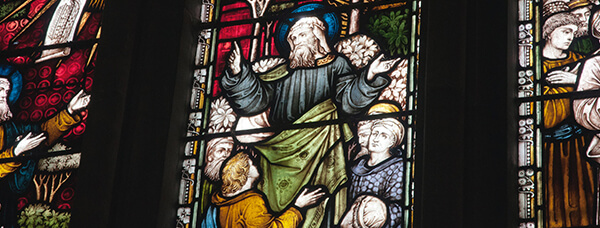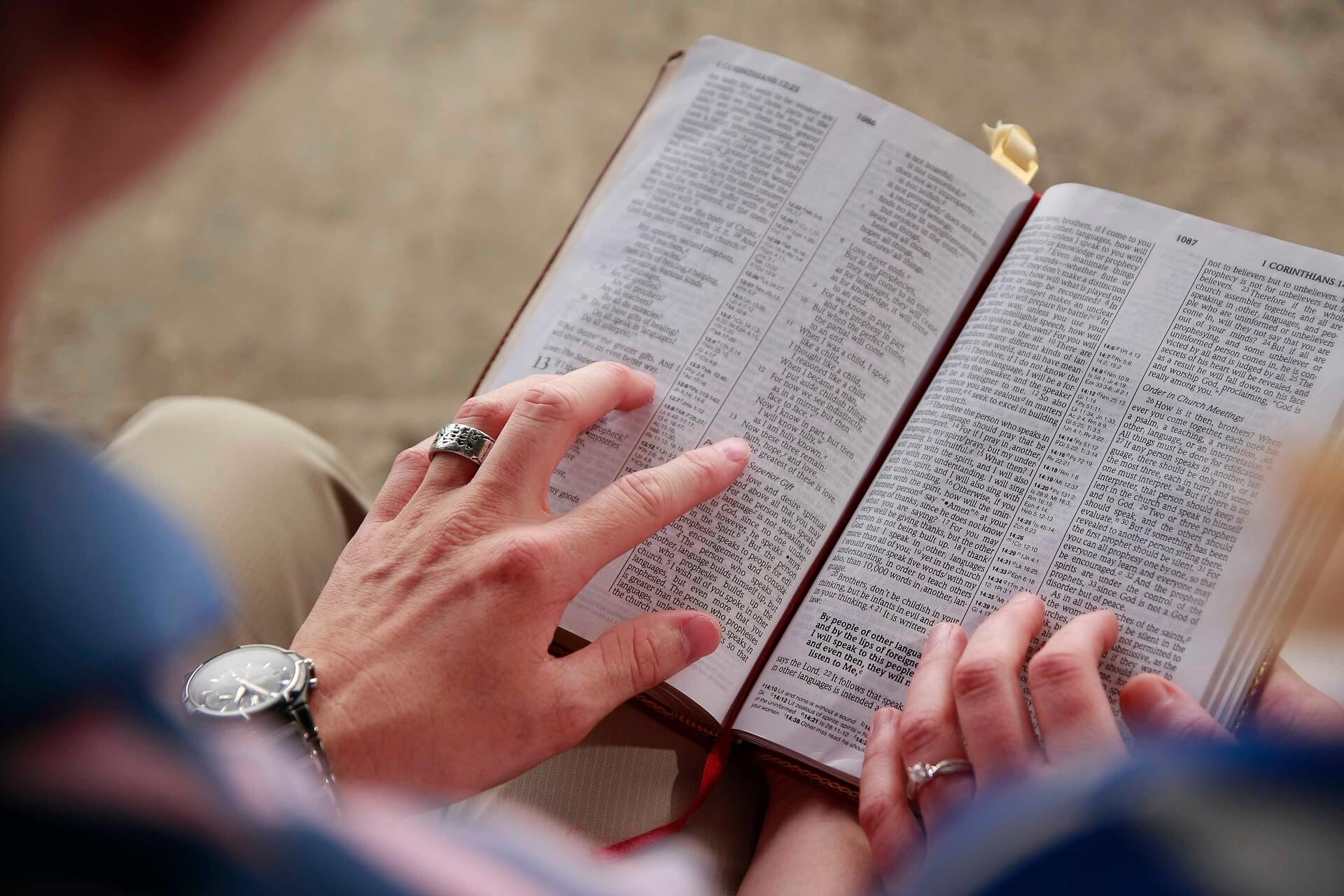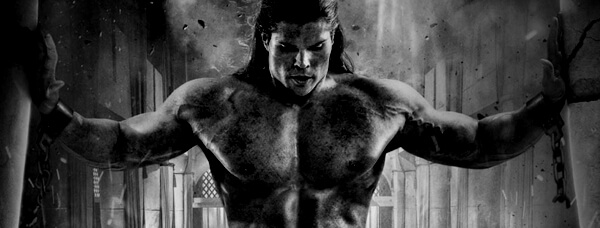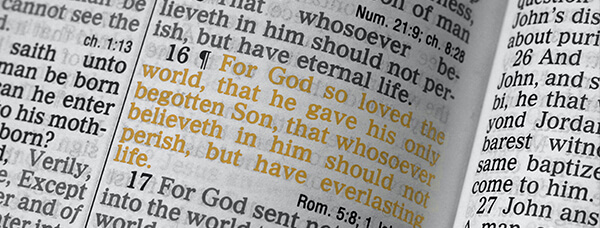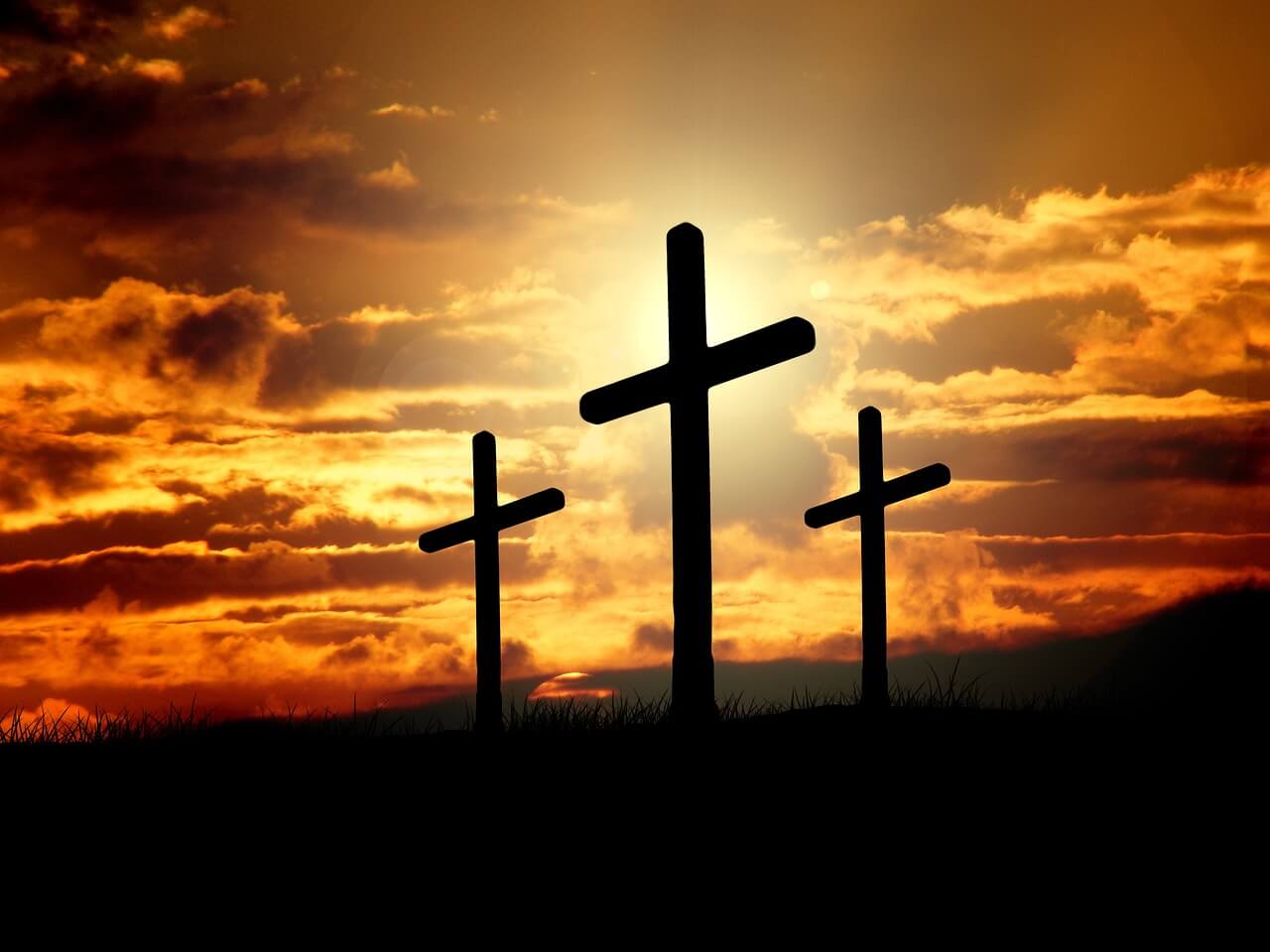
The popularization of Christian celebrations (like Easter and Christmas) has its pros and cons. That fact that so many people have heard of Easter is great. The fact that most folks associate it with chocolate bunnies. . . not so great.
Here’s a wonderful opportunity to focus on what Easter is all about with these seven fascinating facts about the Easter story:
1. Christianity Stands or Falls on the Resurrection of Christ.
There are many theological points on which Christians may disagree, but Christ’s resurrection shouldn’t be one of them. In fact, according to Paul, the Gospel stands or falls on the resurrection of Jesus. He wrote, “And if Christ has not been raised, our preaching is useless and so is your faith.” (1 Corinthians 15:14). He couldn’t have said it any plainer than that!
2. The Number of Witnesses Who Saw the Resurrected Jesus Would More than Quadruple the Population of a Small Town
Paul wrote to the Corinthians that Jesus “appeared to Cephas, and then to the Twelve. After that, he appeared to more than five hundred of the brothers and sisters at the same time. . . . Then he appeared to James, then to all the apostles, and last of all he appeared to me also.” (1 Corinthians 15: 5-8 NIV).
That’s a lot of witnesses. Enough to more than quadruple the population of an entire town. Well, some towns. Like Saint-Benoît-du-Lac, Quebec, or Port Alice, British Columbia, with populations of just over 100 people.
3. The Resurrection was a Team Effort
The resurrection of Jesus was truly a team effort, with every member of the Holy Trinity playing a role in raising Jesus from the grave.
We know from Acts 2:24 that “God raised him from the dead, freeing him from the agony of death, because it was impossible for death to keep its hold on him” (NIV).
Other verses shed light on Jesus’ role in his own resurrection, for example, John 10:18 in which Jesus says of his life, “No one takes it from me, but I lay it down of my own accord. I have authority to lay it down and authority to take it up again. This command I received from my Father” (NIV).
Still other verses speak of the involvement of the Holy Spirit: “And if the Spirit of him who raised Jesus from the dead is living in you, he who raised Christ from the dead will also give life to your mortal bodies because of his Spirit who lives in you” (Romans 8:11 NIV).
4. Jesus Wasn’t the Only One Who Left the Grave
This fascinating detail related to Jesus’ death is mentioned in Matthew 27:51 and nowhere else:
“At that moment the curtain of the temple was torn in two from top to bottom. The earth shook, the rocks split and the tombs broke open. The bodies of many holy people who had died were raised to life. They came out of the tombs after Jesus’ resurrection and went into the holy city and appeared to many people” (NIV).
This passage begs so many questions! Were these saints raised from the dead at Jesus’ death and didn’t emerge from their tombs for three days? Or were their tombs broken open in preparation for their resurrection three days later? What happened then? Did they return to their families?
There are no other references to this event, but it certainly speaks to the magnitude of the power of God at work during the death and resurrection of Jesus, as well as foreshadows the coming resurrection of believers when Jesus returns.
5. The Angel of The Lord Rolled the Stone Away… But Not to Let Jesus Out
It’s easy, in our limited thinking, to assume that the Angel of the Lord rolled back the stone so that Jesus could come out. But that’s not what the Bible tells us.
We read in Matthew 28:2:
After the Sabbath, at dawn on the first day of the week, Mary Magdalene and the other Mary went to look at the tomb.
There was a violent earthquake, for an angel of the Lord came down from heaven, going to the tomb, rolled back the stone and sat on it. His appearance was like lightning, and his clothes were white as snow. The guards were so afraid of him that they shook and became like dead men.
The angel said to the women, “Do not be afraid, for I know what you are looking for Jesus, who was crucified. He is not here; he has risen, just as he said. Come and see the place where he lay. Then go quickly and tell his disciples: ‘He has risen from the dead and is going ahead of you into Galilee. There you will see him’ Now I have told you” (NIV).
Allowing Jesus out of the tomb isn’t mentioned anywhere at all. In fact, why would it be when Jesus, in His resurrected body, was able to materialize behind locked doors? (John 20:19-20 NIV).
Instead, the Angel’s mission in rolling the stone away seems to be to send a loud and clear message.
- His actions send a message to the chief priests via the guards (after they wake from a dead faint, they go the city and tell the chief priests everything that happened.)
- He assures the two Marys.
- He sends instructions with the women to the rest of the disciples.
This, then, is the mission of the angel. He is there to spread the word! In fact, the Angel’s last recorded words are, “Now I have told you.”
6. NASA Has Confirmed Something Mind-Boggling About the Day Jesus Died
“From noon until three in the afternoon darkness came over all the land.” (Matthew 27:45 NIV).
The darkening of the skies for three hours before Jesus died was observed and recorded by Matthew, Mark (Mark 15:33 NIV) and Luke (Luke 23:44 NIV).
Could God have used a solar eclipse to darken the skies prior to the death of His son? A solar eclipse takes place when the moon crosses between the earth and the sun, creating partial to full blockage of the sun’s light.
Scholars put the date of Jesus’ death between the years 26 A.D. and 36 A.D., with many pinpointing the date of April 3, 33 A.D. Charting the trajectory and speed of stars and planets, NASA has created historic maps of eclipses through the centuries.
But based on these maps, no solar eclipse is recorded as having occurred over Jerusalem during the time of Jesus’ death.
NASA charts do reveal, however, the occurrence of a rather interesting lunar eclipse. A lunar eclipse takes place when not the moon itself but the moon’s shadow crosses the sun and darkens the skies.
According to NASA, a lunar eclipse took place on April 3, 33 A.D. The length of the eclipse? Two hours and 50 minutes. NASA’s own description of the eclipse notes the question on everybody’s minds: “Crucifixion of Christ?”
7. This Minor Detail Must Not Be So Minor Afterall
All four Gospels mentioned an interesting fact: the tomb in which Jesus was laid was hewn out of rock.
Many tombs in the day were dug into the earth and lined with stones. Unfortunately, this made it possible for grave diggers to dig into the tombs to steal any valuables left with the dead. The fact that Jesus’ tomb was carved into the rock effectively removed the possibility that Jesus’ disciples had excavated into the tomb and removed the body of their leader.
No wonder what seems like a small detail was mentioned by the writers of all four Gospels! It’s one more piece of evidence attesting to the truth of the resurrection of Jesus Christ from the grave.
So what do you think? Did you learn anything new? Did you know that more than 500 people saw the resurrected Christ? What do you think about the fact that NASA records confirm the Bible’s account of dark skies over Jerusalem for three hours on the day Jesus died? Share your thoughts in the comments section below.
Article written by Karen Scalf Bouchard, Freelance Writer at biblica.com.
Content is used with permission from Biblica Inc. Original article is available here.

